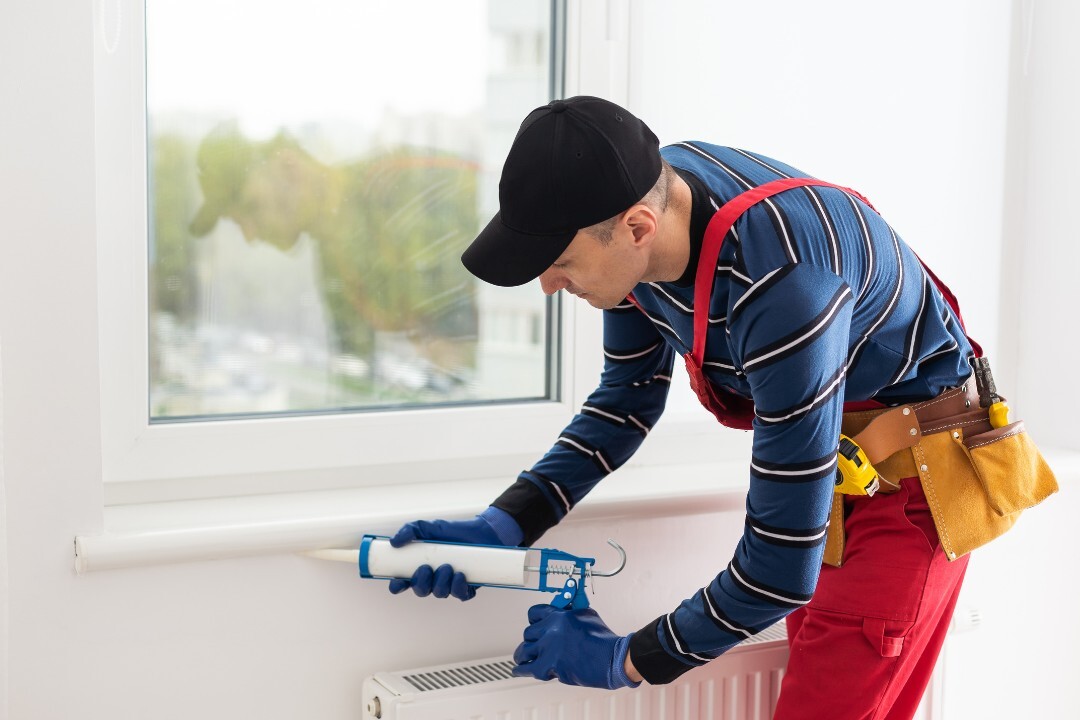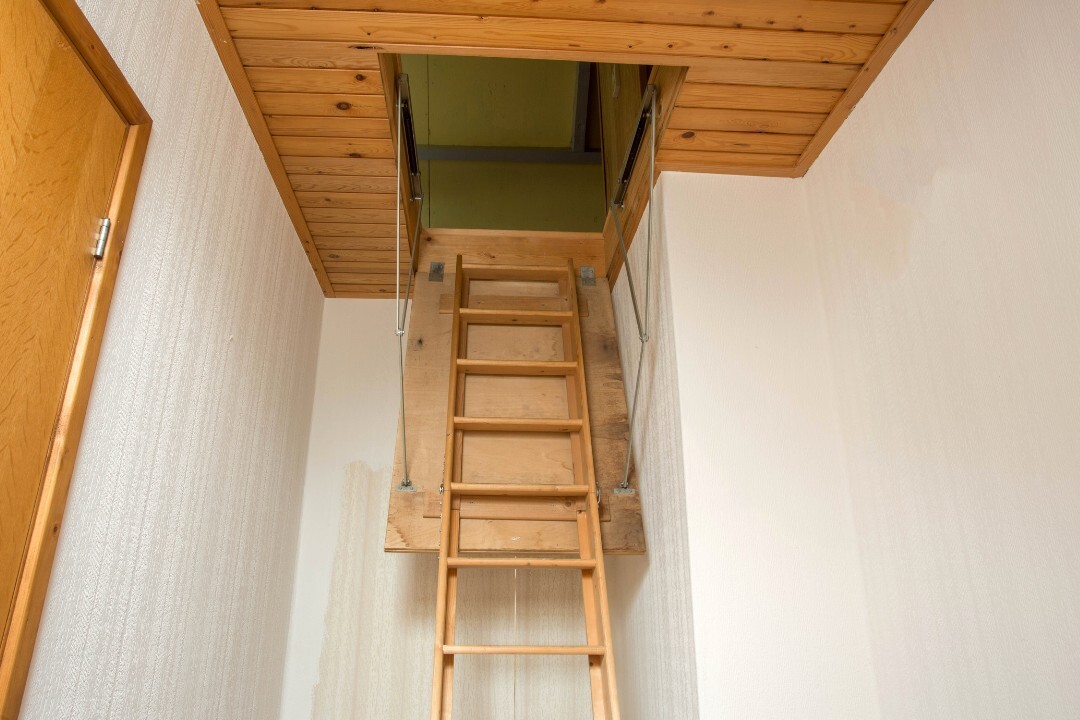When winter hits, those cold drafts and high heating bills can sneak up fast. Weatherizing your home isn’t just about comfort; it’s one of the smartest ways to save money all season long. By sealing up leaks, adding insulation, and making a few small upgrades, you can keep warm air in, cold air out, and your energy costs under control. The best part? Most of these fixes are quick, affordable, and easy enough to do yourself over a weekend.
Below, find 7 cheap ways to weatherize your home this winter:
Use Draft Stoppers and Door Sweeps

Interesting Fact: 1/8-inch gaps around the front and back doors let in as much air into the home as a small window open halfway. To fix this issue, we recommend attaching door sweeps on exterior doors. It is one of the most affordable ways to weatherize your home, installation only takes a few minutes, and it effectively seals drafts.
How do know you need it? Lay a sheet of paper on the door frame, and close the door on it; if the piece of paper comes out easily without tearing that means you need a door sweep. For added protection, in fact, we recommend you test all sides of your exterior doors and weatherstrip if they fail the test (Read below Door & Window Weatherproofing to learn about weatherstripping).
Door & Window Weatherproofing

In addition to door sweeps, weatherstripping is another affordable and easy way to weatherize your exterior doors as well as windows. How do you know you need weatherstripping? Just conduct the simple test mentioned in above Doors Sweeps section. Better still, if you can stick your finger nail into a gap between the window and window frame, you need weatherstripping!
Why we recommend it: It seals out unwanted outside drafts, moisture and dust, thus preventing heat loss and mold, while improving air quality and keeping bugs out of your house.
Sealing Gaps & Cracks with Caulk and Foam

Interesting Fact: 1/16-inch crack around a window is equivalent to a window open 3 inches. To seal gaps and cracks around the non-moving parts of the window, use caulk and/or expanding foam sealants. (Helpful Tip: For moving parts, you need weatherstripping; and for gaps wider than 1/4-inch, an expanding foam sealant.)
Why caulk and foam? Because air sealing will make your home insulation work better. Plus, it's a foundational step in home weatherization.
Plastic on Interior Storm Windows
Energy inefficient windows can cause your home to be cold and money-guzzling. To prevent drafts, we recommend you seal your windows with very inexpensive plastic for windows (also called window insulation kits).
(NOTE: Before you put plastic on your windows, we recommend you weatherstrip your windows).
Why we love plastic window seals? Because the $0.20-square-foot plastic, when properly installed, can save you just as money as a new storm window! So, try this before you spend lots of money. (Helpful Tips: When adhering the plastic to the self-adhesive tape, start in the center of the window frame and move to the corners; and when blow drying the plastic taut, start at the corners and move to the center of the window.)
Water Heater Blankets
Have you ever noticed how cold the garage or unfinished basement is in the winter? If your water heater tank is in the typical not well insulated garage, think of how much heat it is losing. Additionally, think of the added expenses of reheating cooled water.
Solution: Cover your tank with a water heater blanket and reduce heat loss by 25%+.
Benefits: Affordable water heater blankets can reduce water heating costs by 4% or more. If you have a tankless water heater, check out inexpensive pipe insulation foam which also provides additional savings.
Attic Door Insulation

Most attic doors are poorly designed and cause tremendous energy loss throughout the year. Still, most homeowners don’t think about insulating this area.
Consider this: even the tiniest gap around the attic door perimeter (as small as 1/32-inch) is like leaving a 5-square-inch opening all year! To insulate the attic from the rest of he house, we recommend the Attic Tent, which is easy to install, versatile (can be used in many different types of attic doors), durable, affordable, and eligible for tax credit!
Interesting Fact: Up to 40% of savings comes from insulating the attic! So, don’t forget to seal and insulate your attic too!
Sealing Switches & Outlets
Interesting Fact: Almost 2% to 5% air infiltration comes from outlets on outside walls! Surprisingly, sealing switches and outlets isn’t something most homeowners typically think about at least not in the context outside of baby-proofing.
But sealing switches and outlets located on exterior walls prevent unwanted drafts and heat loss very well. After all, if we seal and insulate doors, windows, and attics, it only makes sense to insulate switches and outlets on wall too – especially, since you can insulate the entire house for less than a couple of dollars and prevent up to 5% of air infiltration in your home. You can’t beat that!
Bonus Tips: Smart Thermostat Settings and Energy Audits
A few smart habits can stretch your energy savings even further. If you have a programmable or smart thermostat, set it to lower the temperature while you’re asleep or away from home, then warm things back up before you return. Small adjustments like that can shave a noticeable amount off your heating bill. You can also schedule a home energy audit or do a quick DIY check to spot areas where heat might be escaping. Finding and fixing those weak spots will make your weatherization efforts go even further.
